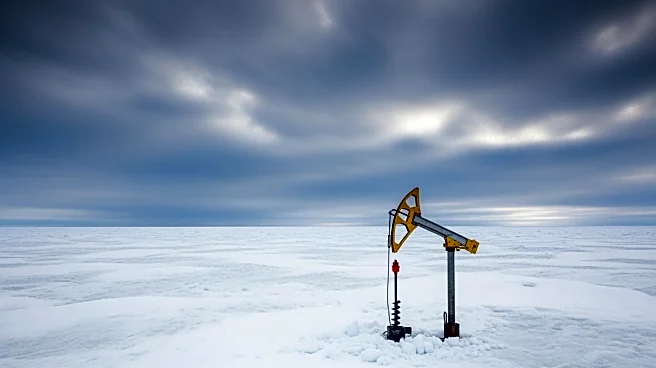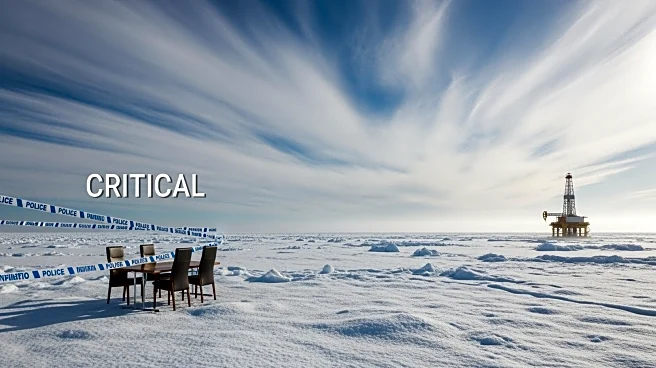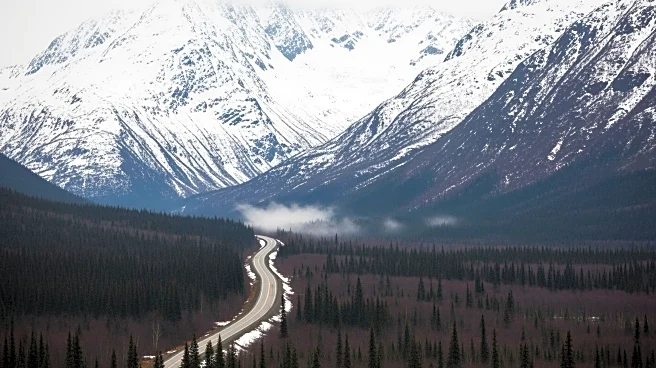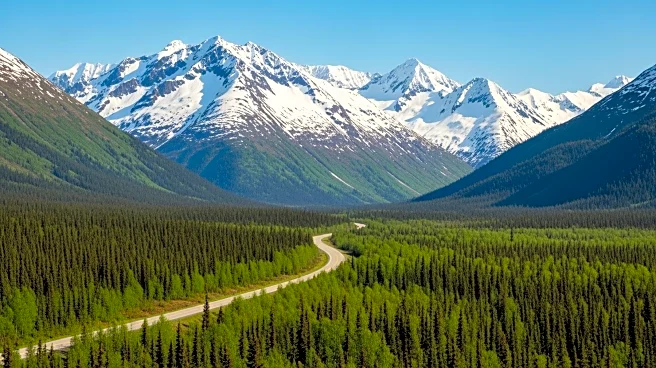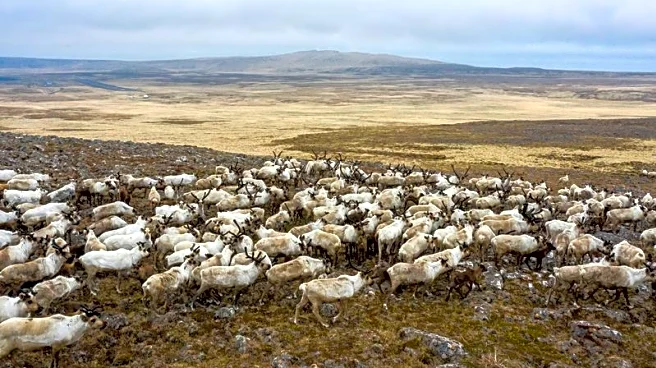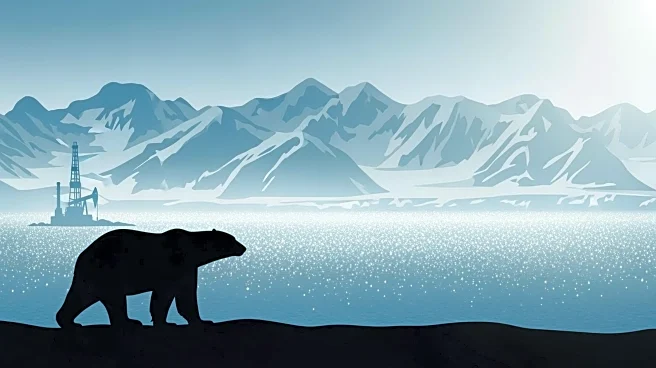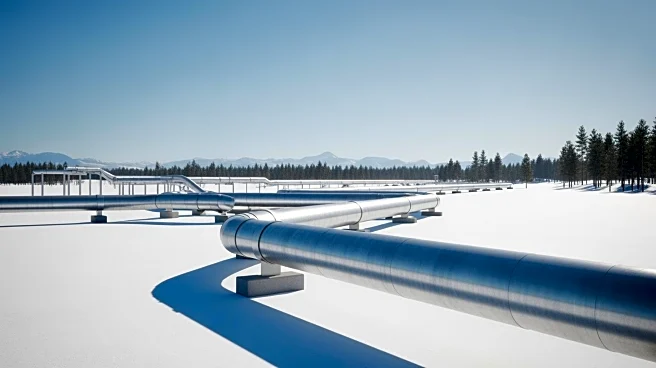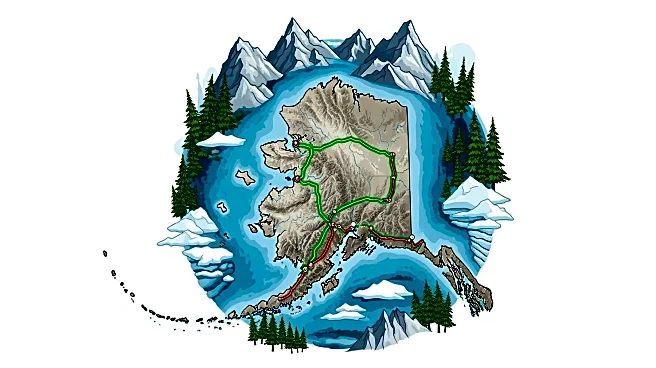What's Happening?
The Trump administration has finalized plans to open Alaska's Arctic National Wildlife Refuge to oil and gas drilling, reviving a decades-long debate over environmental conservation versus energy development.
The plan includes at least four lease sales over the next decade, fulfilling a campaign promise by President Trump. U.S. Interior Secretary Doug Burgum announced the decision, which reinstates previously canceled leases and clears the way for future sales. The move has drawn praise from some Alaskans but condemnation from environmental and Indigenous groups, particularly the Gwich’in, who consider the coastal plain sacred.
Why It's Important?
This decision has significant implications for U.S. energy policy and environmental conservation. Proponents argue it will create jobs and enhance energy security, while critics warn it threatens fragile ecosystems and Indigenous cultural sites. The plan could reshape Alaska's economy by boosting oil production, but it risks damaging the region's biodiversity and undermining conservation efforts. The controversy reflects broader national debates over balancing economic growth with environmental protection.
What's Next?
Legal challenges are expected from conservation groups, who argue the plan fragments vital habitats. The Center for Biological Diversity plans to contest the land exchange deal facilitating road construction through the Izembek National Wildlife Refuge. These legal battles could delay or alter the drilling plan, impacting future lease sales and development projects. The outcome may influence future U.S. energy and environmental policies.
Beyond the Headlines
The decision underscores the complex interplay between economic interests and environmental ethics. It raises questions about prioritizing corporate gains over Indigenous rights and ecological preservation. Long-term, this could affect U.S. policy on resource management and conservation, setting precedents for similar debates across the country.
